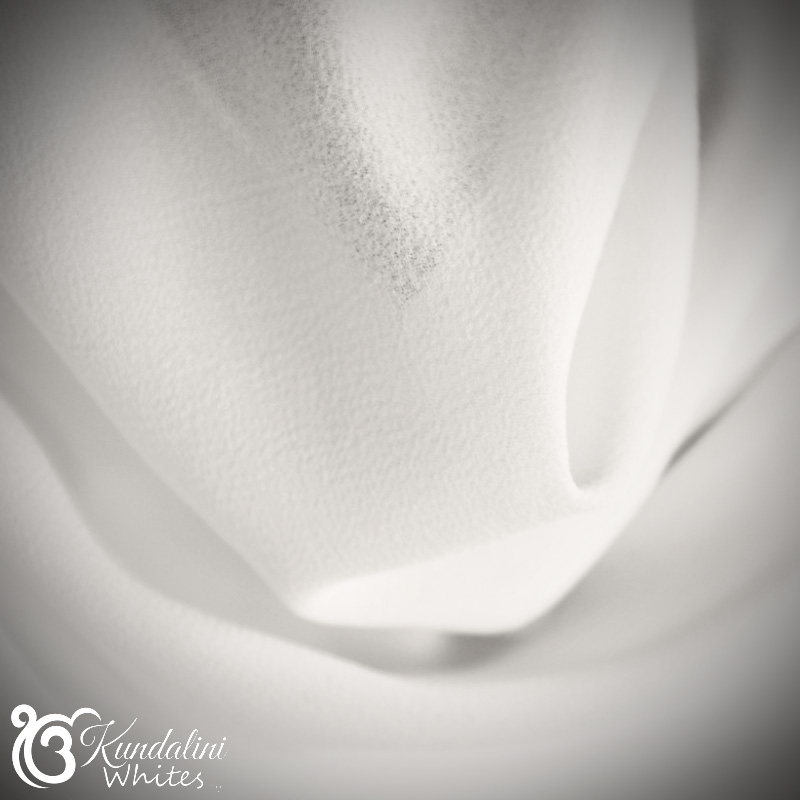Description
The dupatta was traditionally used as a modified veil. Covering the head and shoulders in meditation creates a sense of privacy.
‘Dupatta’ is the most commonly used word for the long scarf. The word ‘chunni’ is well-known also in the Punjab. It is a symbol of modesty but in modern times it has also evolved into a fashion item. ‘Du’ means ‘two’, and ‘patta’ means ‘strip of cloth’ – originally from Sanskrit. The tradition dates back to the dawn of Indic culture, as well as that of Buddhism. Women cover their heads with a dupatta when entering temples and churches.
The tradition of wearing a dupatta as a sign of modesty and respect continues in the Kundalini community. In the context of yoga, the garment is usually made with a sheer fabric, such as georgette.
Wearing a dupatta, especially in the West, may seem unusual to the uninitiated. However, it never fails to impress by its sheer beauty. It also never fails to deliver a sense of peace and serenity to the wearer. Meditation is a private affair, yet it is at its most powerful when performed with others. Group energy uplifts and heals like no other. A dupatta provides a private space.










